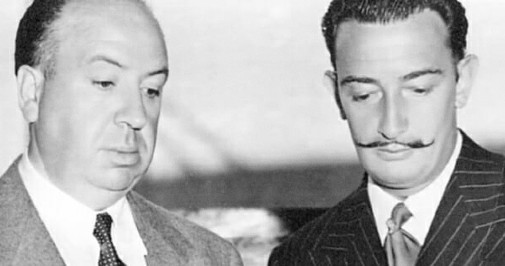
Alfred Hitchcock's third and final film for producer David O. Selznick was released 75 years ago. During a time when psychoanalysis was gaining popularity and notoriety, Hollywood was quick to cash in on the phenomenon. They created psychobabble Pablum like Spellbound and its view on dreams are both too literal and ephemeral. It's a message picture in the costume of a radical polemic, devoid of authentic psychic unrest even though Selznick brought his own therapist to act as an advisor. All in all, it's rather mediocre with some blindingly bright highlights...
For starters, this was Hitch's first collaboration with Ingrid Bergman, a partnership that would bear majestic fruit one year later with Notorious. She's not nearly as good in Spellbound, but there's an interesting tension between her and a profoundly miscast Gregory Peck. The two even had an affair on the set of the movie. Then, we have the score by Miklós Rózsa, an experiment in the use of Theremin for soundtracks that proved influential on the development of horror movie sonority. Finally, one can't talk about Spellbound without mentioning the surrealist sequence in the middle of its runtime. It was devised by none other than Salvador Dalí…
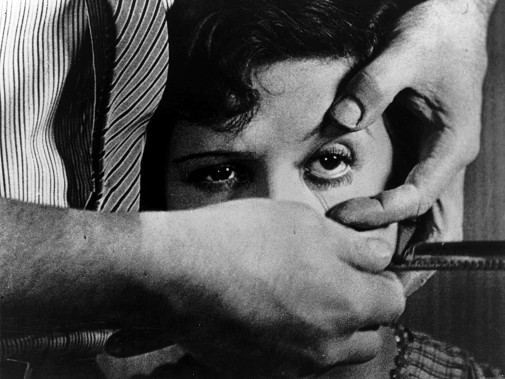
While mostly known for his work in painting and sculpture, the Spanish master of pictorial surrealism started working in the dramatic arts quite early in his career. He was 23 when he created the sets for a play by Federico García Lorca and, in 1929, he co-directed the ultimate expression of cinematic surrealism ever produced. Along with fellow Spaniard Luis Buñuel, Dalí made Un Chien Andalou, a magnificent short whose dream logic and bizarre imagery are as unforgettable as they are disturbing. It's a showcase of unlimited fantasy born out of material things, oneiric impossibility crawling its way out of the plastically mundane.
I'd love to tell you that the pair kept working together for years after, conceiving an unparalleled collection of celluloid surrealism, but the truth is quite different.
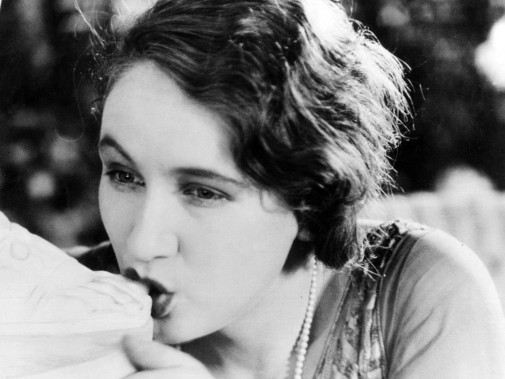
The two artists had very different objectives when creating their work, with Dalí more interested in disconnected folly while Buñuel used creativity as a tool for political revolution. Their second and last film, L'Âge d'Or, was started by the team. However, as rumor has it, they got in such spectacular fights that, at one point, Buñuel chased the other man out of the set. Other accounts blame their clash on Buñuel's dislike of Gala, Dalí's beloved, but, whatever the reason, their co-directing gig was over with the storm of lustful reverie and anti-Catholic fury that is L'Âge d'Or.
Dalí's next adventures in the world of cinema resulted in many false starts, including a script titled Babaouo that would become a novel and only get produced after the artist's death. During this period, he had turned his back on the experimental independence of such works as Un Chien Andalou, and looked to Hollywood as the gateway for new cinematic forays. That's how he got the job of creating a dream sequence for Spellbound, a titanic endeavor that found him designing an impossible nightmare with Alfred Hitchcock. It's a pity that both masters were displeased with the final result.
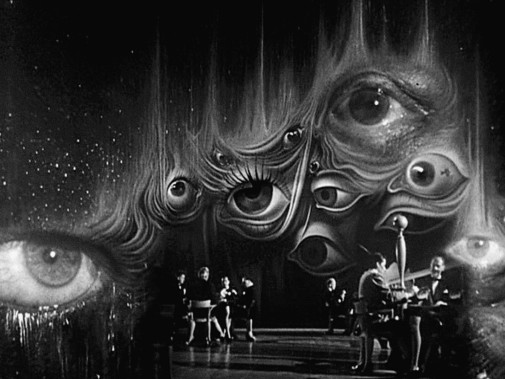
Originally, the sequence was to be a mountainous creation running for 20 minutes and featuring complicated effects that tested the technical limitations of Selznick's production. Horrified by this, the producer chopped most of the dreamy meanderings out of the film, leaving only two minutes of Dalí's madness in Spellbound. While it's a bit sad to witness the commercial watered-down version of Dalí, there's still much to appreciate about his Silver Screen ingenuity. More than anything, the sequence almost feels like jubilant self-parody, a humorous menace that electrifies the movie and breathes new life into its stodgy melodrama.
I could do without the remaining 109 minutes of Spellbound, but those fleeting instants of lunacy deserve to be treasured. Oscar-wise, the picture was nominated for six awards, including Best Picture, and won Best Music. Another of its nods was for the Special Effects, those photographic wonders of Dalí's designs, but only Jack Cosgrove got credited with AMPAS' honor. Not that the Spanish artist needed it, but it would have been fun to see "Academy Award nominee" among the endless list of his accomplishments and numerous accolades.
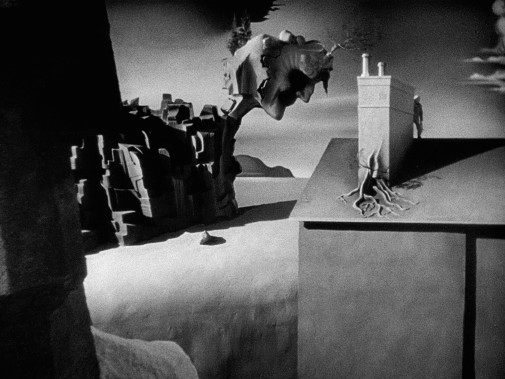
After Spellbound, Dali tried one more Hollywood project in the form of Destino, a short-animated film made with and for Walt Disney. Again, the picture would only be finalized after his death. Another big studio dream sequence came in the form of The Father of the Bride with Elizabeth Taylor and Spencer Tracy. He also designed costumes and sets for 1952's Don Juan Tenorio and made a special appearance in Serge Bard's Fun and Games for Everyone. His remaining films are mostly documentaries of performances and other unmade conjectures like a Jodorowsky collaboration cut short by political disagreements.
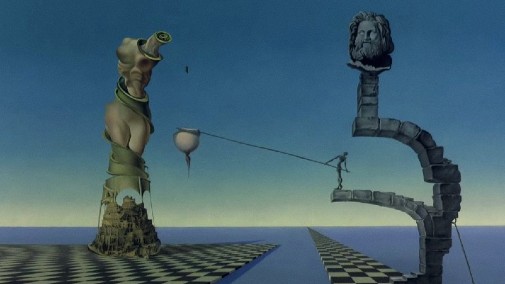
Did you know Dalí's big-screen misadventures and are you a fan?